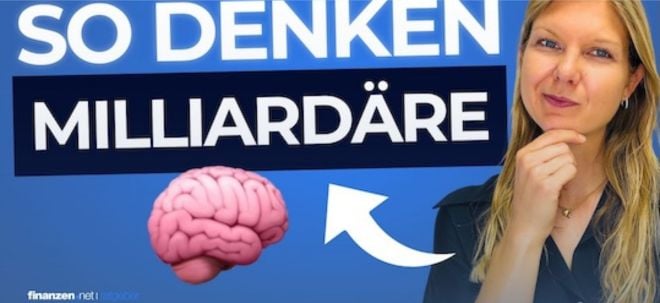und nicht mit einer Wiederholung der "Savings-and-Loans"-Krise der 1970/80er -Jahre in USA rechnet. Der Mann ist allerdings fast immer bullisch. Trotzdem lesenwert - als Kontrapunkt. Don't Believe in the Housing Market 'Curse'

By Jim Griffin
Street.com Contributor
7/18/2007 12:00 PM EDT
| | |
| <!-- Static Most Read include --> |
Which will hurt more? A 240-pound man in size EEE brogans stepping on your foot, or a 110-pound woman in spike heels doing the same? If life has subjected you to this experiment, you know the contest isn't even close.This whole subprime mortgage mess, weighty as it may be, is widely diffused across all sorts of accounts thanks to securitization and an alphabet of acronyms that abetted the origination of these loans. This is nothing like the 1970s-to-1980s experience that brought down an entire industry -- the savings and loans -- and cost taxpayers hundreds of billions through the Resolution Trust Corporation. Back then, the loans stuck to the books of the banks originating them. Long-term loans footed on short-term passbook savings were a toxic asset-liability mismatch; it was hardly necessary for the credits to turn sour. I have commented previously that stock and bond markets may come to see housing's difficulties as a positive rather than a negative for three big reasons: - This financial indigestion is not a systemic risk, even if it is a crippling blow to a few institutions.
- The real adjustment -- i.e., land, labor, lumber -- is well advanced.
- The resources freed up in that adjustment are being absorbed in the ongoing expansion of the economy.
That expansion is now being propelled in important part by the rest of the world. The U.S. trade deficit has begun, ever so slightly, to shrink. That shrinkage adds, at the margin, to GDP in the same way that the expansion of the deficit since the early 1990s has subtracted from it. The data of the last year or so show U.S. exports outpacing U.S. imports; if it weren't for the surge in the price of crude oil, and our inelastic demand for it, the deficit's shrinkage would be more apparent than it is yet. The easing of the dollar and the growth of rest-of-world domestic demand compels the conclusion that this trend will continue. Ben Bernanke last week took the trouble to lay out at length his view of the importance of maintaining price stability and the expectation of price stability. He opined that inflation expectations are better anchored than in years past but "they appear to remain imperfectly anchored." I continue to be puzzled that some market observers still seem to doubt the Fed's signals that inflation remains the more daunting exposure, that the macro upside is more threatening than the downside. | U.S. Begins to Close the Trade Gap | 
|
Look for Persistence
'Below the Line' in This Measure |  |
A trade deficit is like a coiled spring; correcting it can provide a powerful push to the domestic economy. In that regard it's like an inventory shortage, only more so. As the U.S. begins to benefit from what historically has been the rarest of American elixirs -- export-led growth -- our central bank, and eventually our markets, will see the lull in homebuilding as a blessing rather than a curse.
<>
Jim Griffin is economic consultant and portfolio adviser to ING Investment Management and its Hartford-based unit, ING Aeltus, which manages institutional investment accounts and acts as adviser to the ING Mutual Funds. His commentary on the financial markets is based upon information thought to be reliable and is not meant as investment advice. While Griffin cannot provide investment advice or recommendations, he appreciates your feedback; click here to send him an email. |


 Thread abonnieren
Thread abonnieren





